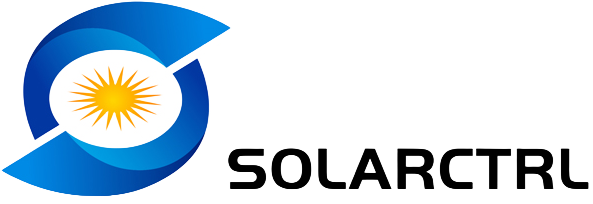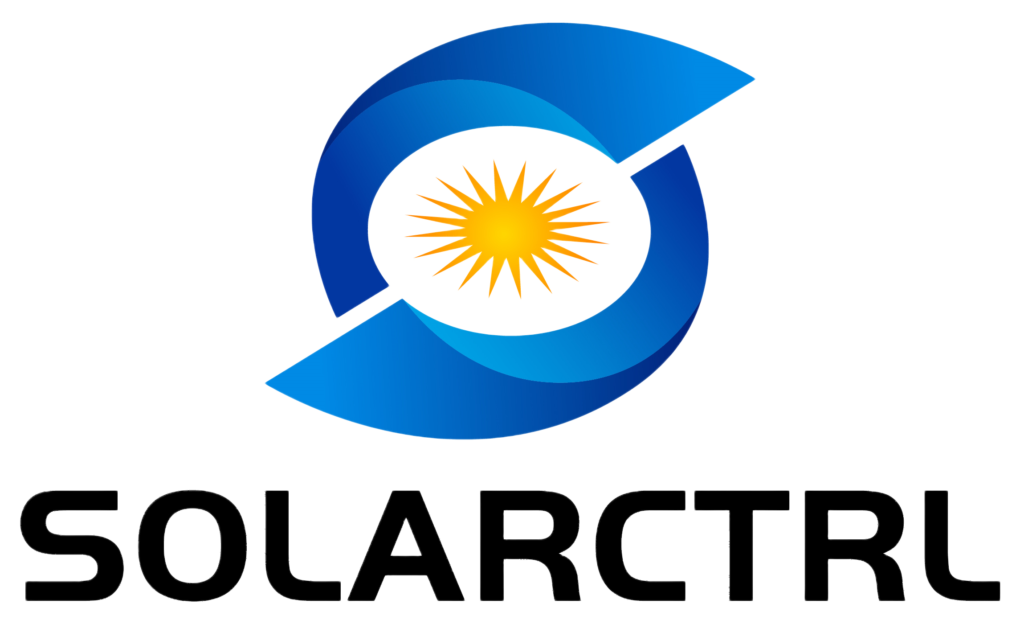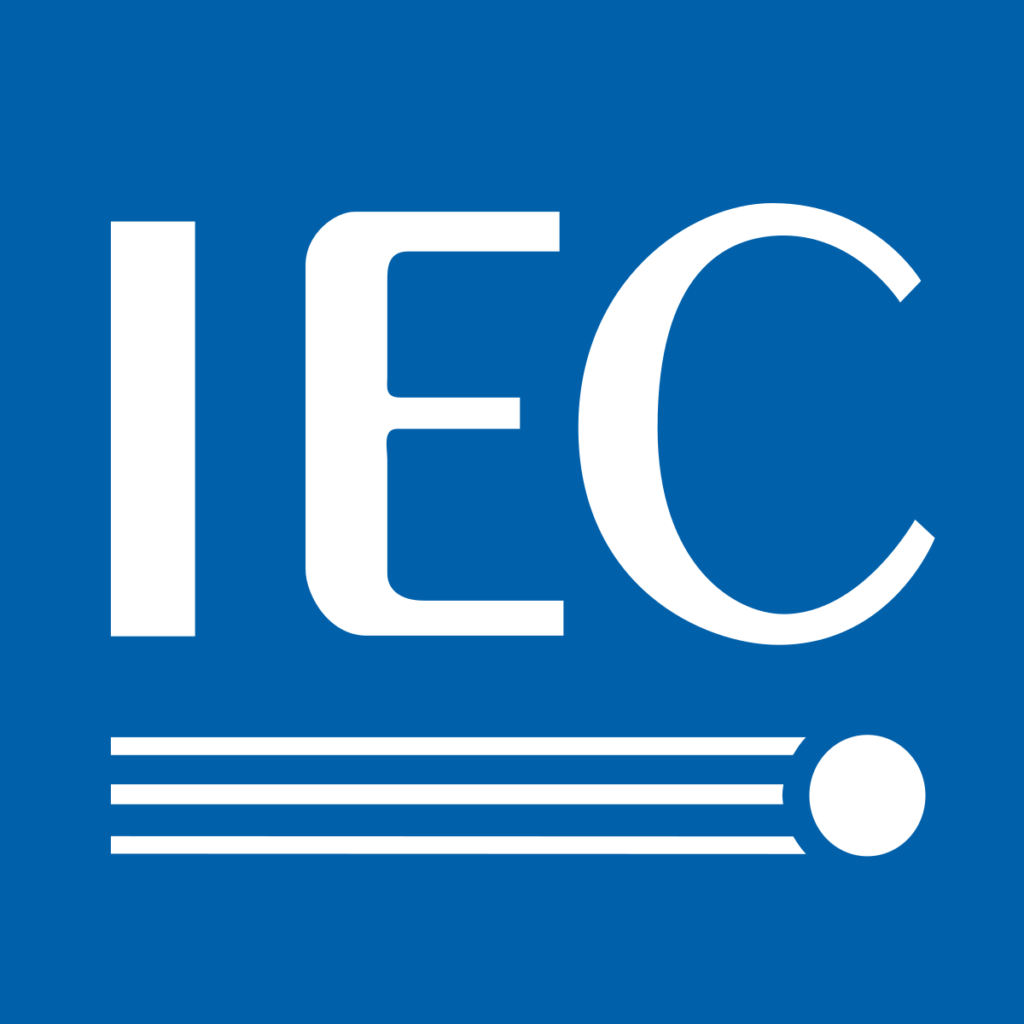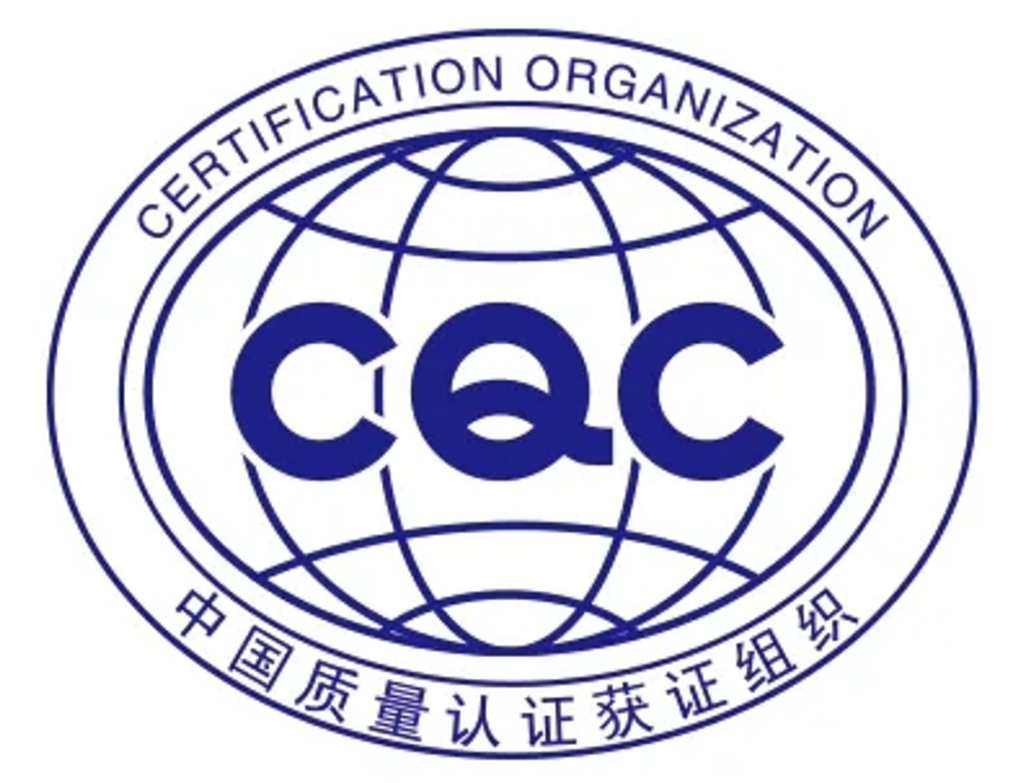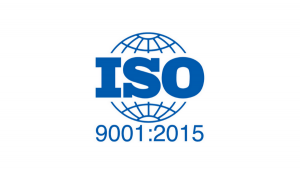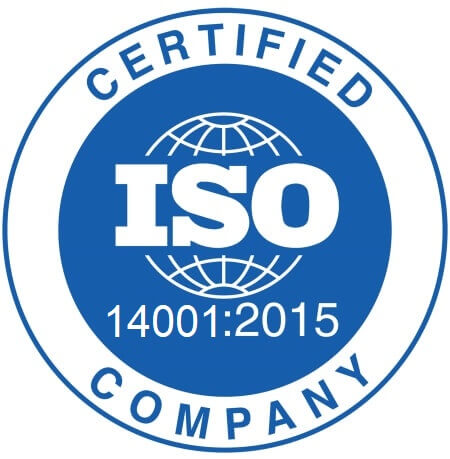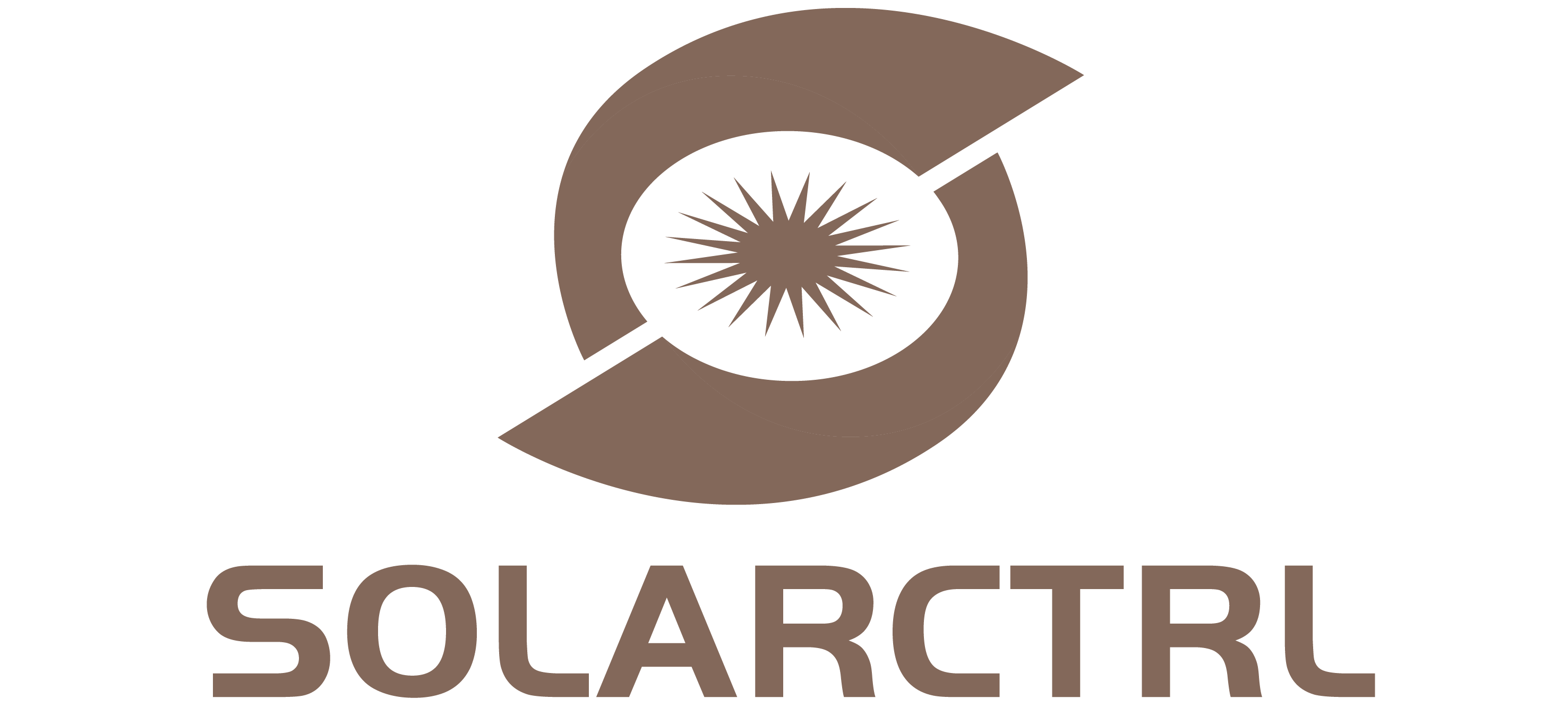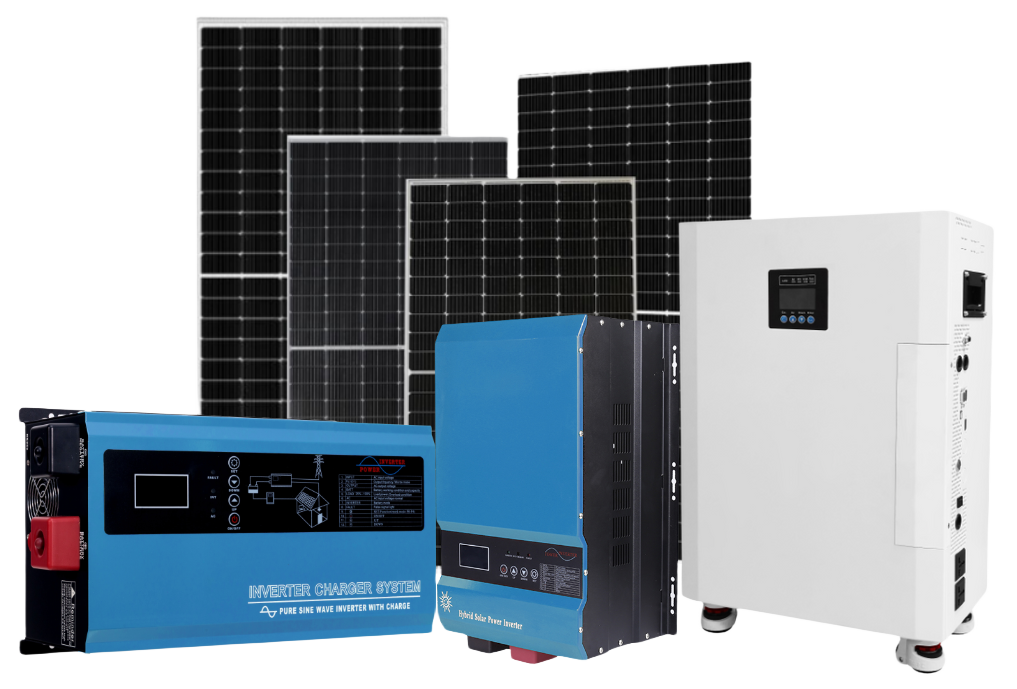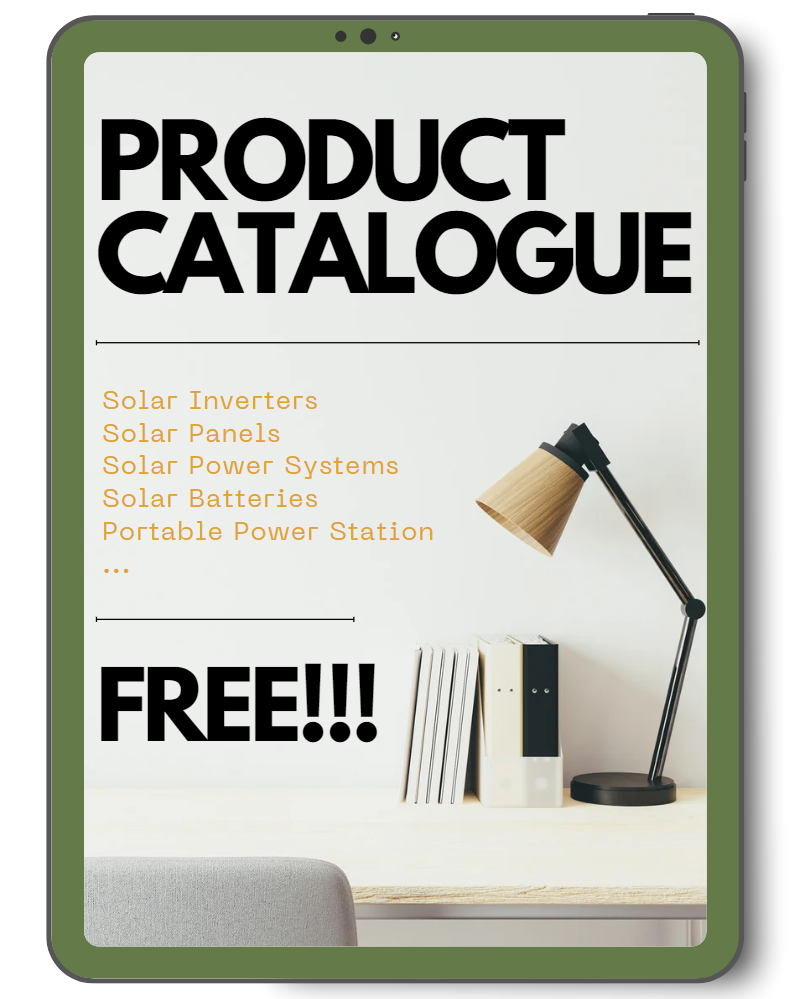Solar panel mounting rails and racks are structural elements designed to secure solar panels in place. They ensure proper alignment, maximize exposure to sunlight, and provide stability against environmental factors like wind and snow. Common types include roof mounts, ground mounts, and pole mounts, each suited to different installation needs.
Now, let’s delve deeper into the specifics of solar panel mounting rails and racks, exploring their types, benefits, and installation tips.
Types of Mounting Systems
1. Roof-Mounted Systems
1) Residential Roof-Mounted Systems
These are the most common type of solar mounting systems, specifically designed for residential buildings. They can be installed on various roof types, including flat, pitched, and sloped roofs.
Roof-mounted systems often use rails attached directly to the roof surface, allowing for adjustable panel angles to maximize sunlight exposure. These systems are popular due to their minimal space requirements and ease of installation, making them an ideal choice for homeowners looking to harness solar energy without significant modifications to their property.
2) Commercial Roof-Mounted Systems
Used in commercial buildings, these systems require a larger scale and often integrate seamlessly with the building’s infrastructure. They utilize robust racks to support multiple solar panels, optimizing space and energy output.
Commercial roof-mounted systems are designed to handle the higher energy demands of businesses and often include features for enhanced durability and efficiency. They can be installed on flat rooftops commonly found in industrial buildings, allowing businesses to generate significant amounts of clean energy while utilizing otherwise unused space.
2. Ground-Mounted Systems
Ground-mounted systems are ideal for large-scale solar installations such as solar farms. These systems do not rely on existing structures, allowing for greater flexibility in panel positioning to capture maximum sunlight.
Ground-mounted systems typically use robust racks anchored into the ground, providing stability and support for numerous solar panels. They are especially suitable for areas with ample land space and can be configured to optimize the angle and orientation of the panels.
This type of system is beneficial for large-scale energy production, offering easy access for maintenance and the ability to scale up as needed.
3. Pole-Mounted Systems
Pole-mounted systems elevate solar panels above the ground, making them ideal for areas with space constraints or where ground installations are impractical. These systems use single or multiple poles to support the panels, allowing for adjustable angles and rotation to track the sun’s movement throughout the day. This tracking capability significantly enhances energy production by maintaining optimal panel orientation.
Pole-mounted systems are versatile and can be installed in various environments, including agricultural fields and urban settings, where maximizing space and energy capture is crucial.
4. Floating Solar Systems
Floating solar systems are an innovative solution installed on bodies of water, such as lakes or reservoirs. These systems use specially designed racks and pontoons to keep the panels afloat, providing an effective alternative for areas with limited land space.
Floating solar systems take advantage of the cooling effect of water, which can improve the efficiency of the solar panels. Additionally, they help reduce water evaporation and algae growth, offering environmental benefits.
These systems are particularly useful in regions where land is scarce or expensive, allowing for the dual use of water resources and solar energy production.
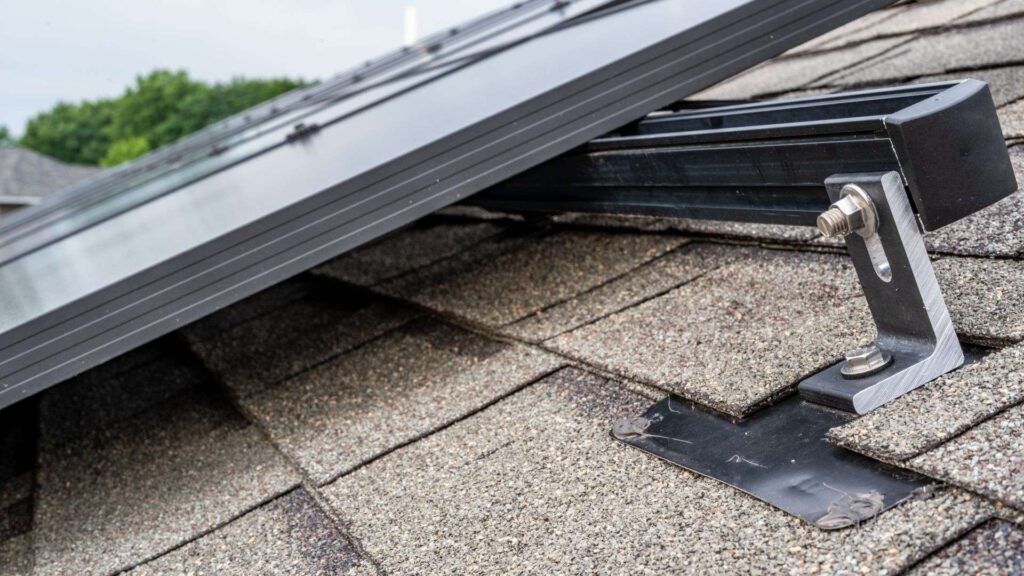
Materials Used in Mounting Systems
The materials used in solar panel mounting systems are crucial for ensuring durability and optimal performance over the lifespan of the installation.
Aluminum
Aluminum is a popular choice for mounting rails and racks due to its lightweight nature, making it easy to handle and install. It is highly corrosion-resistant, which ensures longevity even in harsh weather conditions, such as coastal environments with high salt content.
Additionally, aluminum’s flexibility allows for precision engineering, contributing to the overall efficiency and stability of the solar mounting system.
Steel
Steel is renowned for its exceptional strength and durability, making it ideal for larger installations or areas subject to extreme weather conditions.
Galvanized steel and stainless steel options provide excellent resistance to corrosion, ensuring the mounting system remains robust over time. Steel’s rigidity supports heavy loads, making it suitable for commercial solar farms and installations in areas prone to high winds or heavy snowfall.
Composite Materials
Composite materials, including fiber-reinforced plastics, offer high strength-to-weight ratios and excellent corrosion resistance. These innovative materials are increasingly used in solar mounting solutions due to their ability to withstand environmental stresses while being lightweight.
Their versatility and durability make them a forward-thinking choice for modern solar installations, accommodating unique design requirements and enhancing the overall resilience of the system.
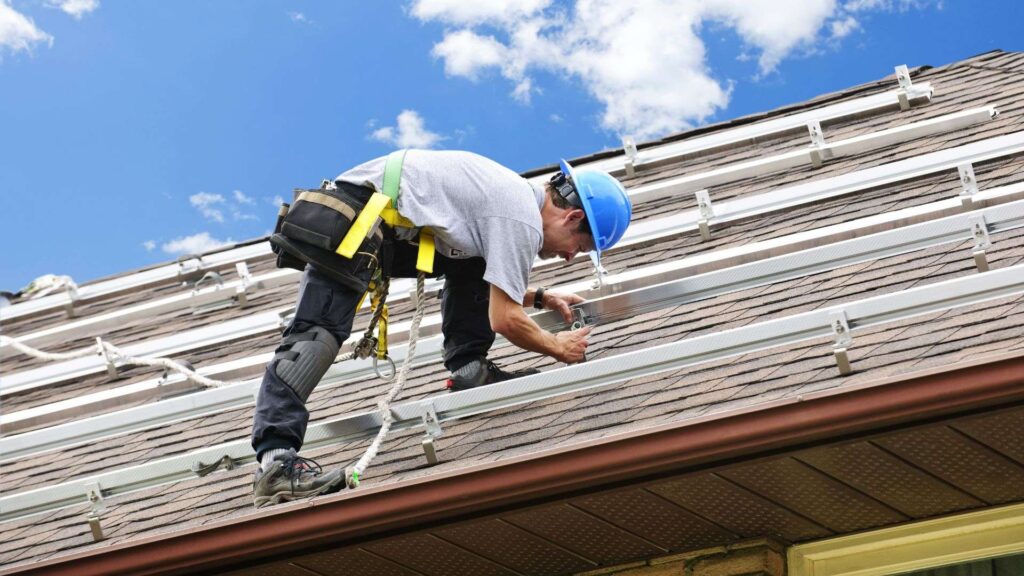
Installation Process
The installation of solar panel mounting systems requires careful planning and execution to ensure efficiency and longevity.
Step 1: Site Assessment
A thorough site assessment is essential to determine the best location and orientation for the panels. Factors such as roof condition, shading, and local weather patterns must be considered. Evaluating these elements helps in selecting the optimal site that maximizes sunlight exposure while ensuring the structure can support the installation.
Step 2: Structural Analysis
Ensuring the mounting system can support the weight of the panels and withstand local weather conditions is crucial. This may involve reinforcing the roof structure or preparing the ground for a stable foundation. Structural analysis includes checking for potential stress points and ensuring that the mounting system is compatible with the existing structure.
Step 3: Mounting Rails and Racks Installation
- Marking and Drilling: Precise marking and drilling of the mounting points on the roof or ground are crucial for a secure installation. Proper alignment and spacing must be ensured to distribute the weight evenly.
- Attaching Mounts: Roof mounts are secured to the roof structure using bolts and sealants to prevent leaks, ensuring stability and weatherproofing. Ground mounts are installed on concrete or steel foundations, providing a sturdy base for the solar panels.
- Installing Rails: Mounting rails are attached to the mounts, forming the framework to which the panels will be secured. Ensuring that the rails are level and properly aligned is critical for the efficient performance of the solar panels.
- Panel Installation: Solar panels are then attached to the rails using clamps or brackets. This step involves careful handling to avoid damaging the panels. Wiring is routed and connected to the inverter and electrical system, ensuring that the energy captured by the panels can be efficiently converted and used.
Step 4: Final Checks and Adjustments
After installation, the system is thoroughly checked for structural integrity, proper alignment, and electrical connections. This involves inspecting all components to ensure they are securely fastened and that there are no loose connections or potential points of failure. Adjustments are made as necessary to optimize performance, ensuring that the panels are positioned correctly to maximize sunlight exposure. This final step is crucial for the long-term efficiency and safety of the solar energy system.
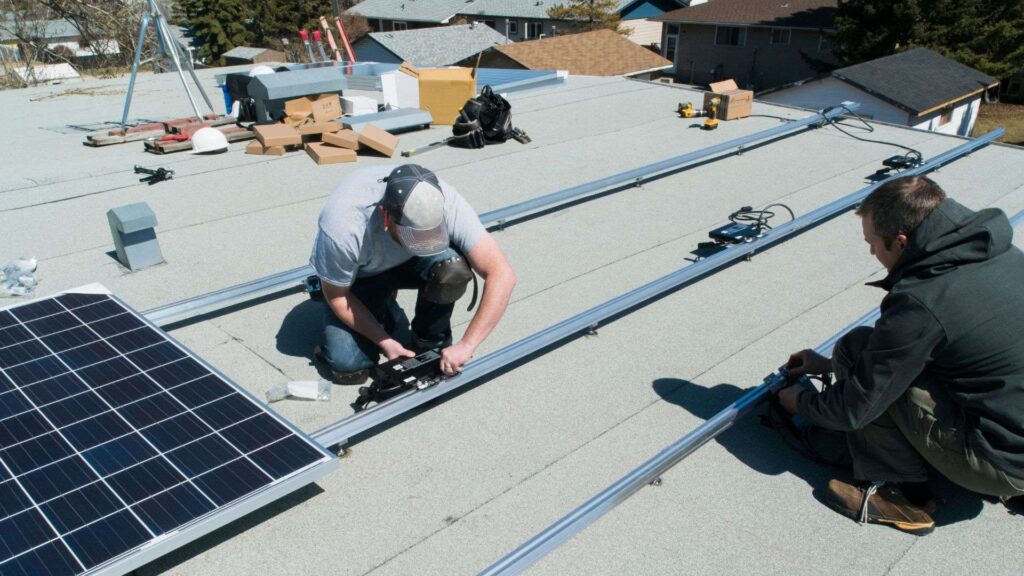
Benefits of Quality Mounting Systems
Enhanced Durability
High-quality mounting systems ensure that solar panels remain secure and functional throughout their lifespan. They are built to withstand harsh weather conditions, reducing the need for frequent maintenance and minimizing downtime. This durability translates to long-term cost savings and consistent energy production.
Improved Energy Efficiency
Properly installed mounting systems position panels to capture the maximum amount of sunlight. By optimizing the angle and orientation of the panels, these systems enhance overall energy production and efficiency, ensuring that the solar array generates the highest possible output.
Versatility
Various mounting options cater to diverse environments, from residential rooftops to large-scale solar farms. This flexibility allows for custom design and application, making it possible to install solar panels in a wide range of settings, regardless of space constraints or structural challenges.
Safety
Robust mounting systems provide a secure foundation for solar panels, protecting them from damage caused by wind, snow, and other environmental factors. This ensures the safety and reliability of the installation, giving users peace of mind and contributing to the long-term success of the solar energy system.
Advances in Solar Panel Mounting Technology
The solar industry continuously evolves. Technological advancements in solar panel mounting systems not only improve the efficiency and cost-effectiveness of solar installations but also enhance their adaptability to various environments and conditions.
a. Adjustable Mounting Systems
Adjustable mounting systems allow for easy modification of panel angles and positions. This feature is particularly useful for solar tracking systems that follow the sun’s movement throughout the day, maximizing energy production. These systems can automatically adjust to seasonal changes and varying sunlight conditions, ensuring optimal panel orientation and improving overall efficiency.
b. Integrated Mounting and Tracking Systems
Integrated mounting and tracking systems combine robust mounting structures with advanced tracking technology. These systems automatically adjust the position of solar panels based on real-time sunlight intensity, optimizing energy capture. By integrating these technologies, solar installations become more efficient, reducing the need for manual adjustments and enhancing energy output, especially in large-scale solar farms.
c. Lightweight and Modular Designs
Modern mounting systems are designed to be lightweight and modular, significantly simplifying the installation process. These systems reduce labor costs and installation time, making solar projects more economically viable. The modular design allows for easy scalability and customization, facilitating transportation and handling. This is particularly beneficial for installations in remote or challenging locations, where traditional mounting systems may be impractical.

Conclusion
Solar panel mounting rails and racks play a vital role in the efficiency and longevity of solar energy systems. Understanding their types, materials, and installation processes is essential for anyone looking to invest in solar energy.
Quality mounting systems not only enhance energy production but also ensure the durability and safety of the solar installation.
As the solar industry continues to evolve, advancements in mounting technology will further optimize the use of solar energy, contributing to a sustainable future.
FAQs
Q1: How do you space rails with solar panels?
Proper spacing of rails is crucial for the stability and efficiency of solar panels. For example, when using a 1.6m high panel, the mounting rails should be spaced approximately 0.8m apart. This spacing ensures that the panels are supported correctly and can withstand environmental pressures. Panels should overhang the rails by about 0.4m at both the top and bottom, which helps distribute weight and reduce stress on the panels.
Q2: What size are solar mounting rails?
Solar mounting rails come in various sizes to accommodate different panel dimensions. The standard length is 4200 mm, which suits four units of 990 mm-996 mm width PV modules. However, customized lengths can range from 50 cm to 600 cm, allowing flexibility for various installation projects. Choosing the correct size ensures that your panels are adequately supported and aligned.
Q3: How to mount a solar panel to roof racks?
Mounting solar panels to roof racks involves securing the panels using bolts or brackets. Here are the steps:
- Using U-shaped bolts: Align the holes on the back of your panels with the arms of the roof rack. Insert U-shaped bolts through these holes and tighten them securely.
- Using brackets and straight bolts: Attach brackets to the roof rack, then use straight bolts to fasten the panels to these brackets.
Ensure all bolts and brackets are tight to prevent movement and potential damage to the panels.
Q4: How much solar panel mounting rails and racks cost?
The cost of solar panel mounting rails and racks can vary based on the type and quality of the materials. On average, a complete mounting system can range from $100 to $1,000. Factors influencing cost include the size of the system, material durability, and brand reputation. Investing in quality mounting systems can save you money in the long run by ensuring your panels remain secure and efficient.
